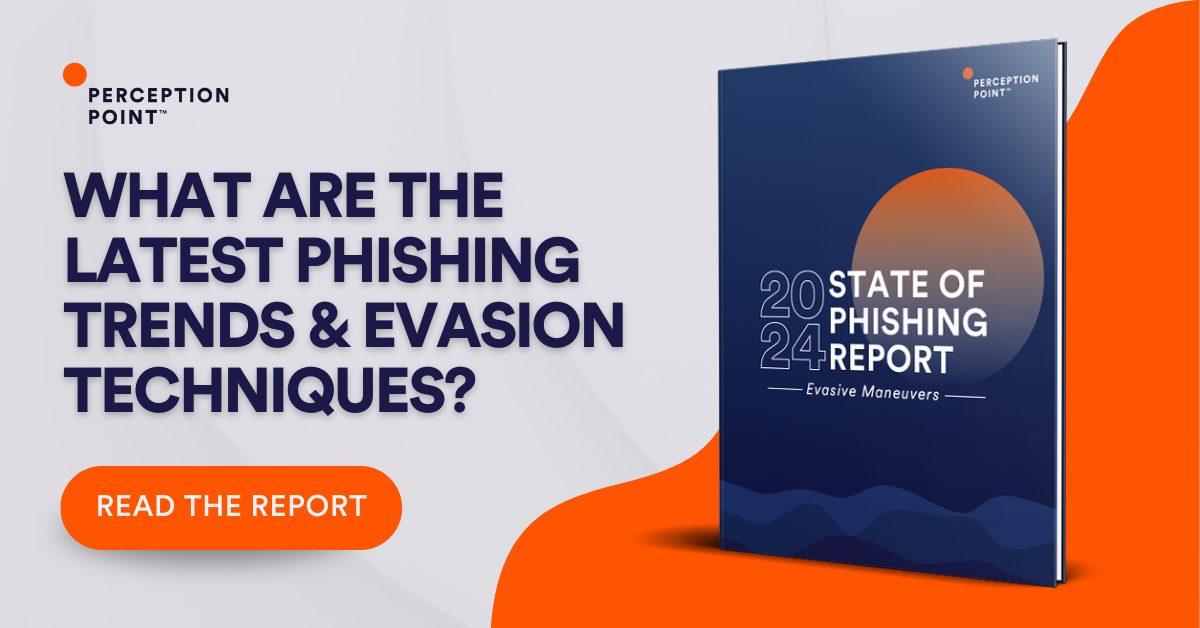Smishing is a form of phishing that uses text messages to lure victims into revealing sensitive information or installing malicious software on their smartphones. Smishing is a portmanteau of SMS (short message service) and phishing, and it is a growing threat in the digital age.
74% of companies experienced smishing attacks in 2021, according to research, which is an increase from the 61% in 2020. Smishing attacks can target anyone with a mobile phone, but they are especially effective against people who are not aware of the risks or who trust text messages more than emails.
Smishing is a form of phishing that uses text messages to lure victims into revealing sensitive information or installing malicious software on their smartphones. Smishing is a portmanteau of SMS (short message service) and phishing, and it is a growing threat in the digital age.
Smishing works by sending a text message that appears to be from a legitimate source, such as a bank, a government agency, a delivery service, or a social media platform. The message may contain a link, a phone number, or a request for personal information.
Some examples of smishing attacks are:
– A message claiming that your bank account has been compromised or frozen and asking you to click on a link or call a number to verify your identity or restore access.
– A message informing you that you have won a prize, a lottery, or a gift card and asking you to click on a link or reply with your personal details to claim it.
– A message pretending to be from a delivery service or an online retailer and asking you to click on a link or reply with your address or payment information to confirm or track your order.
– A message impersonating a social media platform or an online service and asking you to click on a link or reply with your login credentials or verification code to update your account or prevent it from being suspended.
– Be wary of any unsolicited text messages that ask you for personal information, urge you to click on a link, or call or text back a number. Do not reply or follow any instructions unless you are absolutely sure of the sender’s identity and legitimacy.
– Check the sender’s phone number and the URL of any links carefully. Look for any signs of spoofing, such as misspellings, extra characters, unfamiliar domains, or unusual prefixes. If you are not sure about the source, contact the organization directly using their official website or phone number.
– Use strong passwords and enable two-factor authentication (2FA) for your online accounts. This can help prevent unauthorized access even if your credentials are compromised by smishing. Avoid using the same password for multiple accounts and change them regularly.
– Report any suspicious text messages and delete them from your phone. You can also report smishing attempts to the Federal Trade Commission (FTC) or the Anti-Phishing Working Group (APWG)
– Use a security-focused browser extension to detect and block malicious links, websites, and apps that may be used in smishing attacks.
In this article
How does smishing work?
Smishing works by sending a text message that appears to be from a legitimate source, such as a bank, a government agency, a delivery service, or a social media platform. The message may contain a link, a phone number, or a request for personal information. The goal of the smisher is to trick the recipient into taking one of the following actions:
- Calling or texting back a phone number that belongs to the smisher or connects to a voice phishing (vishing) system. The smisher may pretend to be a customer service representative or an official who needs to verify some information or resolve an issue.
- Replying to the message with personal information, such as passwords, account numbers, PINs, or verification codes. The smisher may use social engineering techniques to persuade the recipient that they need to provide this information urgently or face negative consequences.
- Clicking on a link that leads to a fake website that asks for login credentials, credit card details, or other sensitive data. The website may look identical to the real one, but the URL may be slightly different or use a different domain name.
What are some examples of smishing attacks?
Smishing attacks can vary in sophistication and content, but they usually exploit common human emotions such as fear, curiosity, greed, or urgency. Some examples of smishing attacks are:
- A message claiming that your bank account has been compromised or frozen and asking you to click on a link or call a number to verify your identity or restore access.
- A message informing you that you have won a prize, a lottery, or a gift card and asking you to click on a link or reply with your personal details to claim it.
- A message pretending to be from a delivery service or an online retailer and asking you to click on a link or reply with your address or payment information to confirm or track your order.
- A message impersonating a social media platform or an online service and asking you to click on a link or reply with your login credentials or verification code to update your account or prevent it from being suspended.
An example of a smishing attack
Over 130 organizations have been potentially compromised by hackers as part of a months-long smishing campaign nicknamed “0ktapus” by security researchers.
Login credentials belonging to nearly 10,000 individuals were stolen by attackers who imitated the popular single sign-on service Okta.
Targets of the phishing campaign were sent text messages that redirected them to a phishing site. The attackers used that access to pivot and attack accounts across other services.
Despite the campaign’s success, Group-IB’s analysis suggests that the attackers were somewhat inexperienced. The scale of these threats isn’t likely to decrease any time soon.
How can you protect yourself from smishing attacks?
Smishing attacks can be hard to spot and easy to fall for, but there are some steps you can take to protect yourself and your smartphone from this cybersecurity threat. Here are some tips:
- Be wary of any unsolicited text messages that ask you for personal information, urge you to click on a link, or call or text back a number. Do not reply or follow any instructions unless you are absolutely sure of the sender’s identity and legitimacy.
- Check the sender’s phone number and the URL of any links carefully. Look for any signs of spoofing, such as misspellings, extra characters, unfamiliar domains, or unusual prefixes. If you are not sure about the source, contact the organization directly using their official website or phone number.
- Use strong passwords and enable two-factor authentication (2FA) for your online accounts. This can help prevent unauthorized access even if your credentials are compromised by smishing. Avoid using the same password for multiple accounts and change them regularly.
- Report any suspicious text messages and delete them from your phone. You can also report smishing attempts to the Federal Trade Commission (FTC) or the Anti-Phishing Working Group (APWG)
- Use a security-focused browser extension to detect and block malicious links, websites, and apps that may be used in smishing attacks.
Smishing Prevention with Perception Point
Perception Point Advanced Browser Security is an extension adds enterprise-grade security to standard browsers like Chrome, Edge, and Safari. The solution fuses advanced threat detection with browser-level governance and DLP controls providing organizations of all sizes with unprecedented ability to detect, prevent and remediate web threats including sophisticated phishing attacks, ransomware, exploits, Zero-Days, and more.
By transforming the organizational browser into a protected work environment, the access to sensitive corporate infrastructure and SaaS applications is secure from data loss and insider threats. The solution is seamlessly deployed on the endpoints via a browser extension and is managed centrally from a cloud-based console. There is no need to tunnel/proxy traffic through Perception Point.
An all-included managed Incident Response service is available for all customers 24/7. Perception Point’s team of cybersecurity experts will manage incidents, provide analysis and reporting, and optimize detection on-the-fly. The service drastically minimizes the need for internal IT or SOC team resources, reducing the time required to react and mitigate web-borne attacks by up to 75%.
Customers deploying the solution will experience fewer breaches, while providing their users with a better experience as they have the freedom to browse the web, use SaaS applications that they require, and access privileged corporate data, confidently, securely, and without added latency.
Contact us for a demo of our Advanced Browser Security solution, today.

























